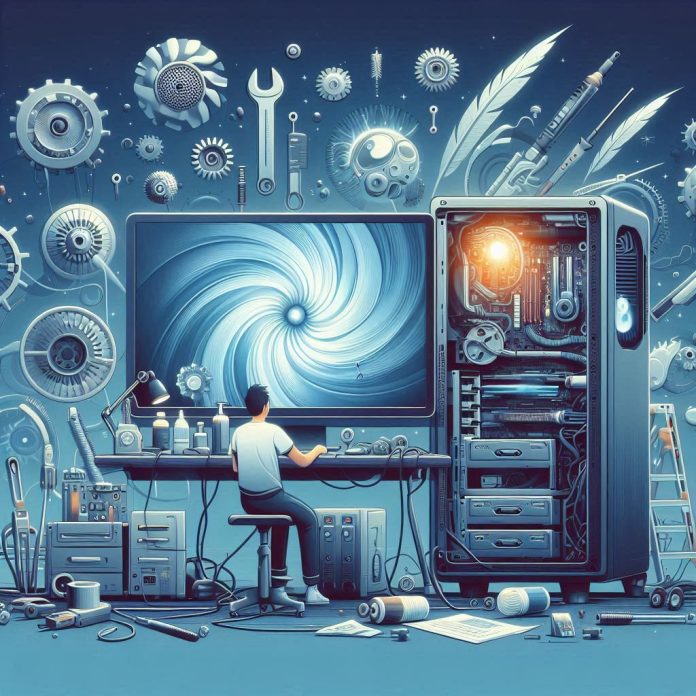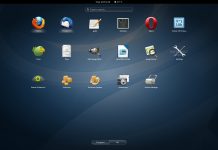When I first upgraded to Windows 11, I was excited about the new features and sleek design. However, I quickly realized that to get the most out of my system, I needed to make some tweaks to improve performance. In this guide, I will share the methods I’ve discovered to optimize Windows 11 for better system performance, ensuring that you can enjoy a seamless computing experience.
Windows 11 comes with a host of features designed to enhance user experience, but not every system can handle these features out of the box. Some machines may experience lag or sluggishness due to resource-heavy applications, background processes, or simply outdated drivers. By implementing a few optimizations, we can ensure our systems run as smoothly as possible.
1. Check for Updates
One of the first actions I take after installing Windows 11 is to ensure my system is up to date. Microsoft regularly releases updates that can improve system stability and performance.
- How to check for updates:
- Open Settings (Windows + I).
- Click on Windows Update.
- Select Check for updates.
Keeping your system updated is crucial, as updates often include performance enhancements and bug fixes.
2. Adjust Visual Effects
Windows 11 comes with stunning visual effects that can sometimes drain system resources. By adjusting these settings, we can significantly boost performance.
- How to adjust visual effects:
- Right-click on This PC and select Properties.
- Click on Advanced system settings.
- Under the Performance section, click on Settings.
- In the Performance Options window, select Adjust for best performance or customize the settings to suit your preferences.
By reducing the visual effects, we can free up resources for more critical tasks.
3. Manage Startup Programs
Many applications launch automatically when we start our computers, which can slow down boot times and overall performance. Managing these startup programs is essential for optimizing system speed.
- How to manage startup programs:
- Press Ctrl + Shift + Esc to open Task Manager.
- Navigate to the Startup tab.
- Review the list of programs and disable any unnecessary applications by selecting them and clicking Disable.
This simple step can make a noticeable difference in startup speed.
4. Utilize Storage Sense
Windows 11 includes a feature called Storage Sense, which automatically frees up space on your hard drive by removing unnecessary files. This can help maintain system performance over time.
- How to enable Storage Sense:
- Open Settings.
- Click on System, then select Storage.
- Toggle on Storage Sense and configure the settings to your liking.
By regularly clearing out temporary files and system caches, we can keep our drives clean and efficient.
5. Optimize Power Settings
Power settings can significantly impact system performance, especially on laptops. By adjusting power plans, we can ensure that our systems are running at peak performance.
- How to optimize power settings:
- Open Settings.
- Click on System, then select Power & battery.
- Under Power mode, select Best performance.
Choosing the best performance option can lead to improved responsiveness and speed.
6. Update Drivers
Outdated drivers can cause various performance issues, from system instability to compatibility problems. Regularly updating drivers can help in maintaining optimal performance.
- How to update drivers:
- Right-click the Start button and select Device Manager.
- Expand the categories and right-click on each device to select Update driver.
You can also visit the manufacturer’s website for the latest driver updates.
7. Use Disk Cleanup
Windows includes a built-in tool called Disk Cleanup that helps remove unnecessary files and temporary data from your system. This can help improve performance, especially if your hard drive is nearing capacity.
- How to use Disk Cleanup:
- Type Disk Cleanup in the search bar and select the application.
- Choose the drive you want to clean and click OK.
- Check the boxes next to the file types you want to delete and click OK.
Regularly using Disk Cleanup can keep your system running smoothly.
8. Disable Background Apps
Many applications run in the background, consuming system resources and slowing down performance. Disabling these can help free up valuable resources.
- How to disable background apps:
- Open Settings.
- Click on Privacy & security, then select Background apps.
- Toggle off any apps that you do not want running in the background.
This can prevent unnecessary resource consumption.
9. Enable Game Mode
If gaming is a significant part of your Windows 11 experience, enabling Game Mode can help prioritize system resources for gaming applications.
- How to enable Game Mode:
- Open Settings.
- Click on Gaming, then select Game Mode.
- Toggle Game Mode on.
This feature can optimize performance when gaming, thus enhancing your overall experience.
10. Defragment and Optimize Drives
If you are using a traditional hard drive (HDD) rather than a solid-state drive (SSD), defragmenting and optimizing your drives can improve access times and performance.
- How to defragment and optimize drives:
- Type Defragment and Optimize Drives in the search bar and open the application.
- Select the drive you want to optimize and click Optimize.
Regularly defragmenting can significantly improve system performance.
11. Consider Upgrading Hardware
If, after all these tweaks, your system still feels sluggish, it may be time to consider upgrading hardware components. Adding more RAM or switching to an SSD can provide a substantial performance boost.
12. Monitor System Performance
Finally, keeping an eye on your system’s performance can help identify any potential issues early.
- How to monitor performance:
- Use the Task Manager to monitor CPU, memory, disk, and network usage.
- Consider using third-party monitoring tools for more detailed insights.
By understanding how your system is performing, you can take proactive steps to maintain its health.
Conclusion
Optimizing Windows 11 for better system performance is a multi-step process that can significantly enhance your computing experience. By following the guidelines outlined in this article, you can ensure that your system runs smoothly and efficiently.
Regular maintenance, including updates, driver checks, and resource management, will go a long way in prolonging the life of your system and improving its performance.
<iframe width="560" height="315" src="https://www.youtube.com/embed/8am0IB13Udg?si=Rwue4dCL94HzoeUz" title="YouTube video player" frameborder="0" allow="accelerometer; autoplay; clipboard-write; encrypted-media; gyroscope; picture-in-picture; web-share" referrerpolicy="strict-origin-when-cross-origin" allowfullscreen></iframe>




.jpg?w=100&resize=100,70&ssl=1)
